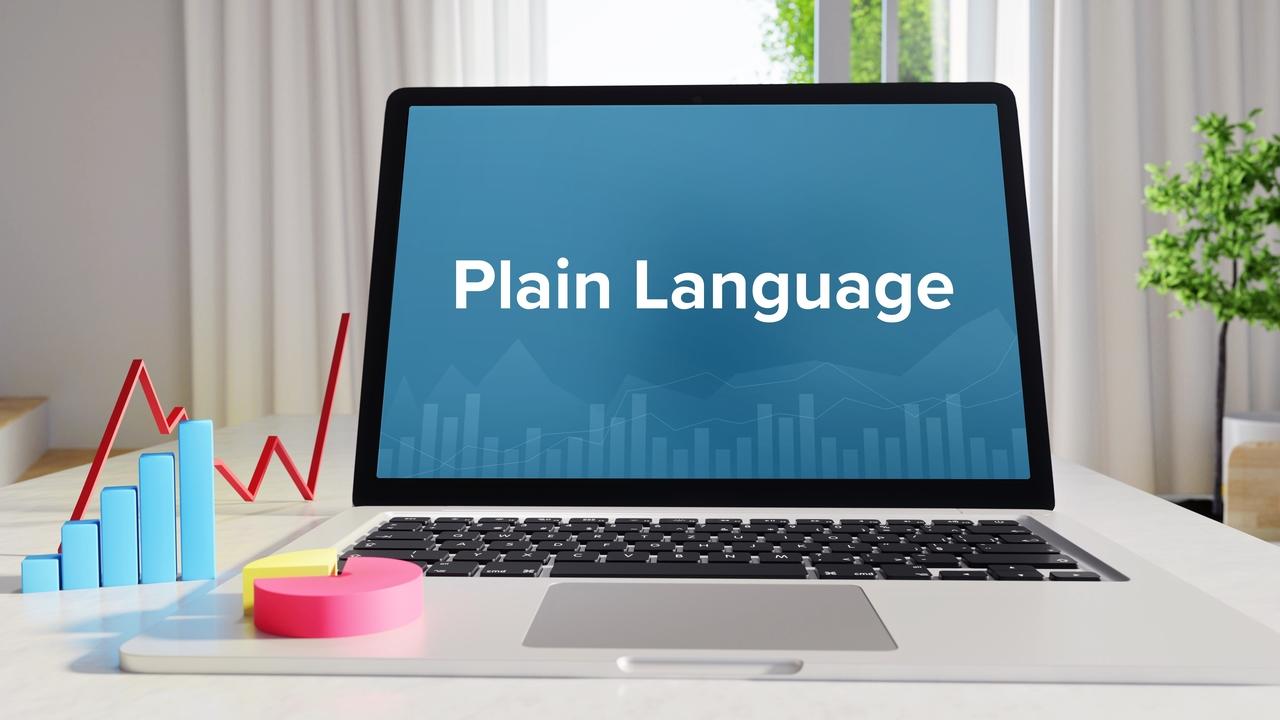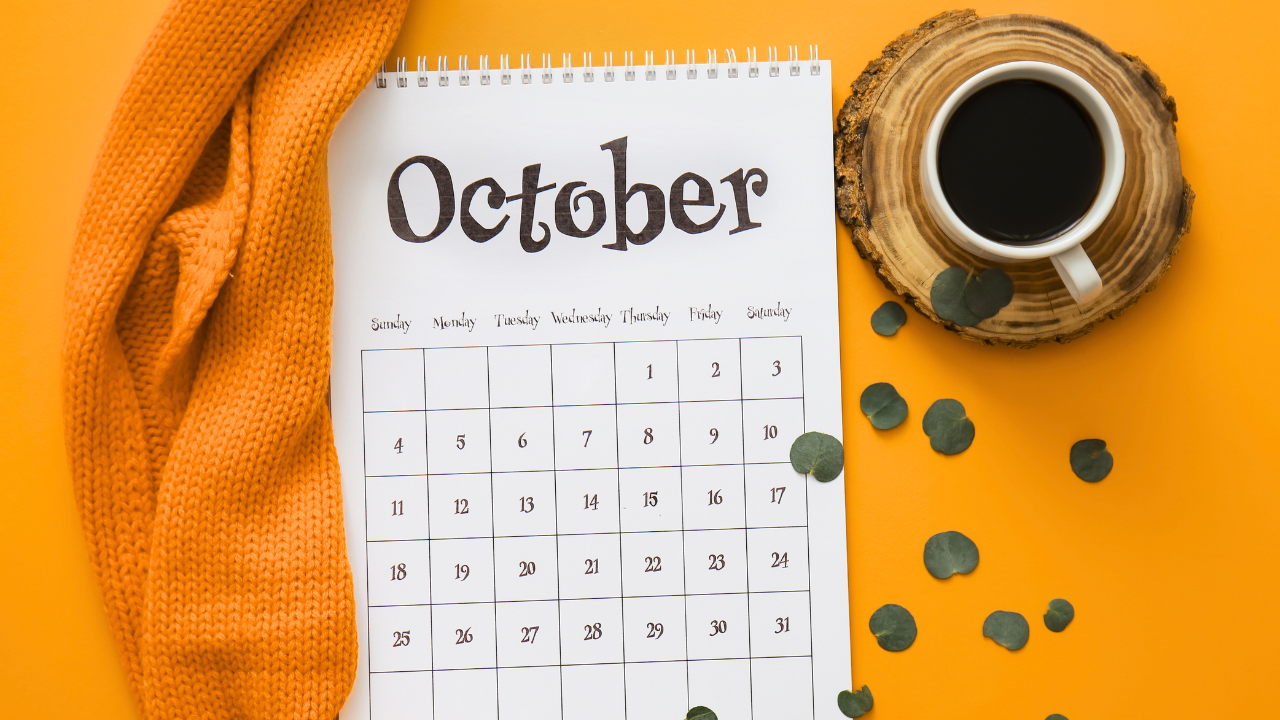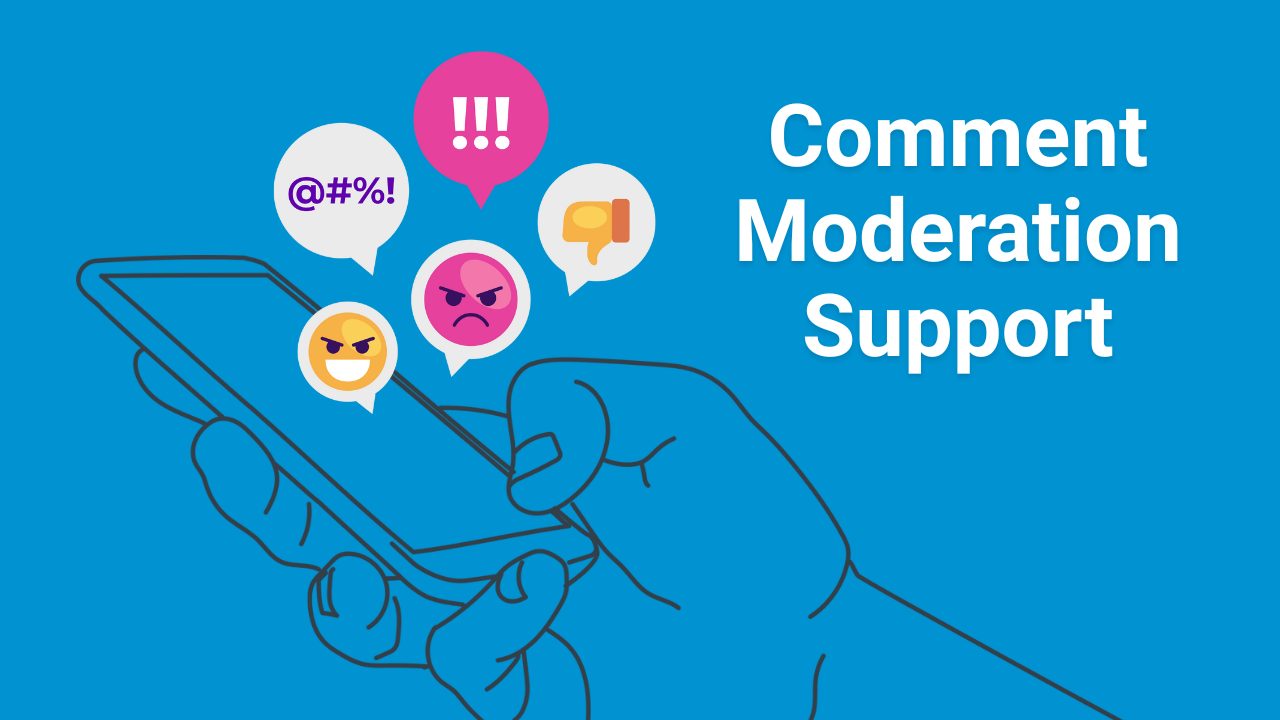
Plain Language in a Pandemic
Jul 06, 2020
Contributed blog post by Valerie Walston
Plain Language Editor and Trainer, Write On
If you didn’t know it before COVID-19, you know it now: people process information differently during a crisis. According to the Centers for Disease Control and Prevention, in a crisis, people:
- Don’t fully hear information because we can’t juggle multiple facts;
- Can’t remember as much information as we normally would; and
- Misinterpret calls to action.
To compensate, the CDC recommends most urgently that we simplify messages. In other words, we need to use “plain language.” Plain language allows users to scan, understand, and act on information. This is especially important to us as social media content creators!
Since most of us weren’t “health literacy” specialists (people who are trained to use plain language in health issues) before the pandemic, let’s take a crash course in how to take plain language to your COVID-19 social media messaging. By incorporating the 10 tips below, you’ll empower your audience to stop and understand your messages as they scroll through their social media feeds.
Top 10 Ways to Use Plain Language in Social Media
1. Use an active voice.
Using an active voice allows your reader to be a part of the story, and it has a better sense of urgency. For example:

2. Use pronouns to speak directly to readers.
One of the reasons why the majority of people are confused by health information is because it simply doesn’t address them as people. By using the pronoun “you,” you create a clear and active call-to-action with a greater sense of urgency. For example:

3. Avoid hidden verbs.
A hidden verb is a noun that’s been made into a verb. Hidden verbs create confusion, don’t translate as well, and are less engaging to readers. There are two kinds of hidden verbs you want to avoid:
- Nouns with endings like -ment, -tion, -sion, and –ance. (maintenance, application, movement)
- Nouns that are paired with other verbs like achieve, affect, give, have, make, reach, and take. (take action, make an effort, etc.)
Use verbs, not nouns, whenever you can.

4. Use the simplest form of a word.
People scan for information, especially in a crisis. Your message should be easy to scan, and that means using:
- Familiar words, and
- Words no more than three syllables.
If readers aren’t familiar with the words you’re using, or if they see long words, they tend to abandon your message. Think about the words in your message: can they be shortened?

5. Omit unnecessary words.
Look at every word in your social post: do you need it? Here are a couple of areas that can often be eliminated from your message:
- Qualifiers. These are words like definitely, completely, actually, etc. They generally don’t add anything to your message except words to your post.
- Redundant sayings. These are terms like past experience (experience is usually already in the past), add up (people generally don’t add down), brief moment (moments are, by definition, brief), each and every (redundant words), close proximity (“close proximity” means “close”), etc.
6. Avoid jargon and acronyms.
We know not to assume our audience knows our industry jargon and acronyms. But since so much information gets shared on social media, it’s especially important to assume that our audience’s audience really doesn’t know it. To find alternatives to public health jargon, download Write On California’s “COVID-19 Terms to Avoid.”
7. Use the right future tense.
More often than not, we see government communicators incorrectly use the future continuous tense to describe things that will happen only once. If it’s happening once (like a press conference or a reopening), use future tense. This will help you take unnecessary words out of your post.
8. Subject – Verb – Object (S/V/O): Lead with these, and keep them together.
The natural word order of a sentence is subject-verb-object; this is how you first learned to write sentences, and it’s still the best – especially in a crisis. When you put modifiers, phrases, or clauses between the SVO, you make it harder for the reader to understand you.
 9. Break up sentences.
9. Break up sentences.
Sentences should be 15-20 words long. If your sentence is too long, then break it into more than one sentence.
10. Use bullets and lists.
If your message includes a list (a series of something, steps to be taken, etc.), then put those into bullet points. They allow your readers to scan and flow through information.
Plain language is the law.
Plain language is a best practice. If that’s not enough, there are laws that require governments to use plain language.
- Federal: the Patient Protection & Affordable Care Act (2010) and the Plain Writing Act (2010) require federal government communications to be easy to understand.
- State: many states like Washington, California, and Minnesota have state laws requiring plain language in government. Even if your state doesn’t have a law, it’s still the best practice.
Some statistics to reason with your boss.
Still getting kickback from your boss on using plain language in social posts? Remind him or her:
- Nine out of 10 adults have a hard time understanding health information in health care facilities, media, and retail locations. Without clarity, people will ignore health guidelines, skip tests, end up in the ER more often, and be unable to manage disease.
- One out of three adults have basic or below basic health literacy skills.
For more information
Curious to see some before/after examples of COVID-19 social media posts? We have them! Check out before/afters on Write On’s COVID-19 resources page. If there’s something you’re looking for, you can reach out to Valerie at [email protected].
Get out there and keep writing plainly!
P.S. This document is written at a grade level of 7.8 with a reading ease of 61.6. Write On can help get your messages’ grade levels down so that everyone, regardless of background, education, or native language, can understand.
Valerie has been a government communicator for more than 20 years. She began her career as a press secretary in the Governor’s Office. Over two decades, she has written for state and national policymakers, elected officials, and universities.
As news consumption changed, Valerie began to focus on plain language to help people understand important information and messages. She founded Write On to bring national plain language trends to the Golden State.
Valerie has trained nationally and internationally in plain language. She is the immediate past program chair for the Center for Plain Language, one of the “Big Three” international plain language groups. She has a degree in government communications from Sweet Briar College and a certificate in professional social media from Sonoma State University.
Best communicate with the public you serve by becoming a part of the free Government Social Media network — only available to full/part-time employees of government or educational institutions. Get access to socialgov-specific resources, like the COVID-19 SocialGov Hub group, and other organized content. Virtually collaborate with each other, share advice, get input, tips & more by joining the Government Social Media network today.
We support the largest network of government social media professionals in the U.S. by guiding government agencies through complex social media issues. Government Social Media helps you successfully communicate with the public you serve, protect your agency and keep public trust while finding your support community.
Government Social Media® empowers government professionals to achieve mastery in social media through conferences, online training, and association membership. Best communicate with the public you serve and get connected with fellow socialgovs by registering for the 2026 Government Social Media Conference happening in New Orleans, LA and virtually from wherever you are! Join the free GSM Network for text-only chats on socialgov topics or access the Government Social Media Association (GSMA) for regional virtual meetups and educational webinars.









